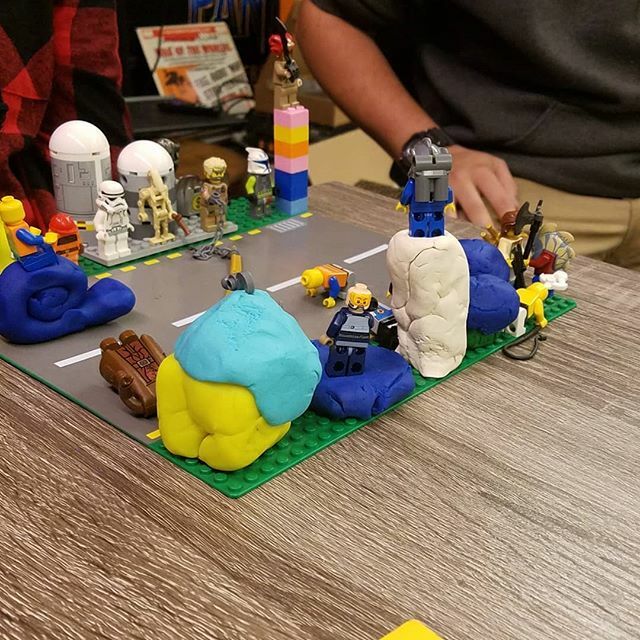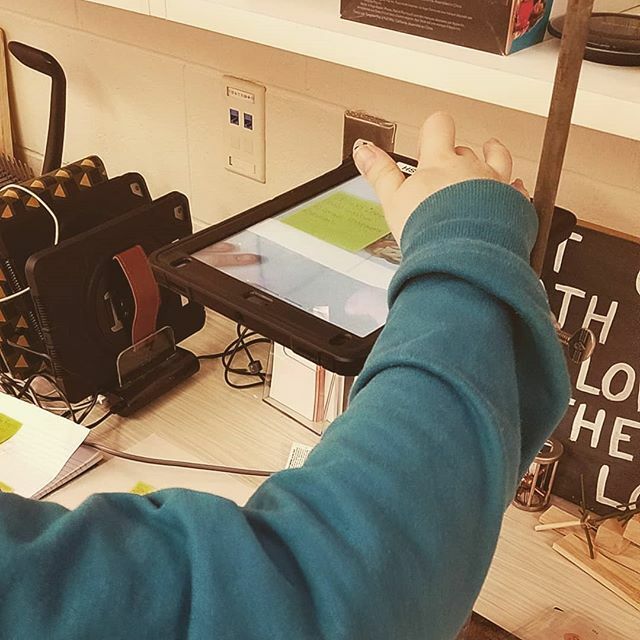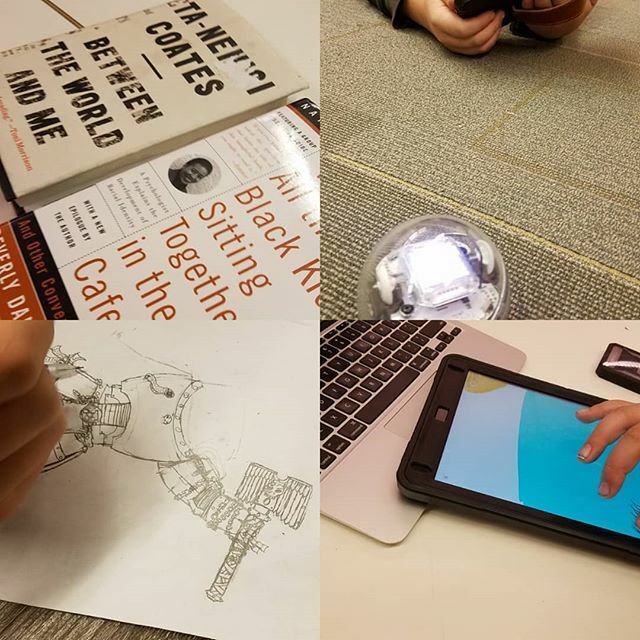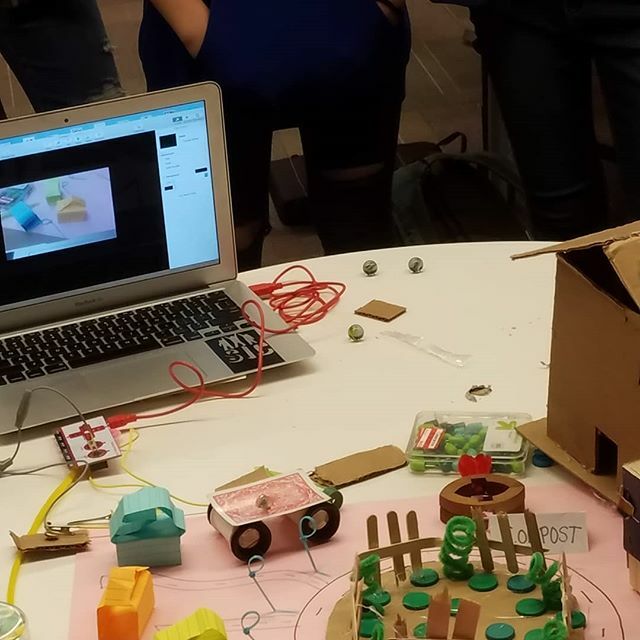Take heed to my interview with Dan Ryder (transcript):
Sponsored by Public Consulting Group and ViewSonic
This web page incorporates Amazon Affiliate and Bookshop.org hyperlinks. Whenever you make a purchase order by these hyperlinks, Cult of Pedagogy will get a small proportion of the sale at no further price to you. What’s the distinction between Amazon and Bookshop.org?
Most academics instinctively know that if college students’ feelings are off-kilter in any method, if their stress ranges are excessive or their social lives are a large number, they gained’t be capable to focus on teachers. And sure, faculties often rent steering counselors to help college students with these points, however more often than not they will barely squeeze this work in between all the opposite issues they’re chargeable for. Analysis is telling us that youngsters and youths are experiencing extra anxiousness and despair than ever earlier than, and people numbers maintain going up, so clearly the necessity for social-emotional help in faculties is rising.
Many people do what we will to concentrate, to tune into our college students’ emotional wants, construct relationships with them, create protected areas in our school rooms, and weave classes about communication, anger administration, self-advocacy, and mindfulness into our tutorial content material.
Nonetheless, we’re fairly certain this isn’t sufficient.
Some faculties are tackling this problem by offering psychological well being providers as a part of bigger wraparound applications. Different faculties are including on separate SEL curricula, doing ebook research, and giving further SEL coaching to their academics.
One other artistic method is to designate an area in class that may meet a few of these wants. However on this case, we’re not speaking a couple of counseling middle or meditation room—though these could be welcome additions to any faculty. This house doesn’t seem to have something to do with social-emotional wants at first look: You’d see a 3-D printer, piles of Legos, books, index playing cards, artwork provides, laptops. You’d see college students reducing paper, taping items of cardboard collectively, modifying movies. It seems like a makerspace, as a result of that’s what it’s. Nevertheless it’s greater than that.
What’s the Success and Innovation Middle?
The Success and Innovation Middle (SIC) is a novel house at Mt. Blue Excessive College in Farmington, Maine. Director Dan Ryder describes it as a problem-solving studio, a stigma-free house the place college students can go at any time throughout the faculty day to work on issues they’re having inside or exterior the classroom.
“It takes one of the best ideas of human-centered design and one of the best ideas of social-emotional studying and fuses them collectively in order that by our house, the act of constructing and creating may assist with the opposite elements of ourselves moreover simply tutorial studying.”
Right here’s how the middle got here into being: A number of years in the past, Ryder had already established a small makerspace in his personal English classroom. “I began the makerspace in my room not as a result of I needed children making issues, however as a result of I had adopted design considering as my lens by which I used to be doing the whole lot, and we wanted to prototype options to stuff. So I sort of went into making in my courses from that place of doing need-finding, empathy work, actually understanding what somebody is like, physique language, listening to somebody’s phrases and the way does their diction relate to what they’re feeling, how do our emotions really align to our actions, and what occurs once they’re out of alignment?”
One early undertaking in Ryder’s English classroom was to have college students design sanctuary areas for his or her classmates as a method of growing the concept of protected areas, impressed by Laurie Halse Anderson’s ebook, Converse. (Amazon | Bookshop.org).
Over time, Ryder seen that college students who weren’t usually inquisitive about or profitable at college began to develop into far more engaged in these design-thinking initiatives. Quickly an increasing number of college students had been coming by his classroom makerspace to make use of it, and he dreamed of increasing into a bigger house that every one Mt. Blue college students might entry at any time.

In the meantime, his colleague Becky Dennison had been working to assist highschool college students transition into school. She was imagining a devoted house for facilitating these transitions at Mt. Blue.
Finally, Ryder and Dennison realized that their two separate visions for a student-centered house might really work collectively. “I’m like, wait, this place might be a problem-solving studio,” Ryder says. “We had been utilizing all kinds of methods in speaking about this Success Middle, we had been utilizing all kinds of strategies that I used to be utilizing with the design considering children. So I simply introduced it up whereas we had been sitting across the desk, I’m like, couldn’t we do each? You recognize, couldn’t it serve each functions?”
Ryder and Dennison determined to hitch forces, they utilized for and gained a federal GEAR UP grant to fund the concept, and the Success and Innovation Middle was born.

How the Middle Works
As a normal rule, the SIC is open to college students on a versatile, as-needed foundation, with out a whole lot of restrictions. “(College students) can get a cross, I’ll write you a cross, you may are available in out of your examine corridor,” Ryder explains. “Your trainer can name down or ship me an e mail and say, hey, can so and so come and work down within the SIC? They might use some assistance on one thing or they simply want an area that’s not this classroom proper now to work.”
He describes his function—and the best way entry to the SIC works generally—as just like that of a library and librarian. “(A librarian) can push out, do work with courses, courses come down and work there within the library, generally it’s a one-on-one, generally it’s a small group, generally it’s break up. I based mostly my work and my function on that kind of a mannequin.”
On a typical day, there is perhaps one group of scholars learning for a take a look at, whereas one other pupil edits a video for a undertaking, one other writes code to program a robotic, two extra work on essays, and one other drafts and practices an entrepreneurial pitch.

So how do social-emotional wants get met? Thus far it simply appears like a daily makerspace, proper?
The way in which Ryder explains it, the social-emotional stuff usually occurs as a byproduct of the opposite work college students are doing. Though some college students do are available in particularly to speak about private issues, many extra present as much as work on one thing tutorial; the non-public advantages simply occur to trickle in whereas that work is going on.
“We actually attempt to model ourselves and market ourselves to the coed physique as ‘Right here’s the place you go if you’re having any kind of drawback, tutorial, emotional, vocational, private, no matter it’s,’” he says. “An issue doesn’t must be a nasty factor. An issue can simply be a query you’ve gotten or one thing you’re engaged on.”
“No matter is occurring with them,” he continues, “it’s not working. So we attempt to discover options that meet the youngsters’ wants and maintain them accountable. We get the tutorial rigor in there and make it possible for that’s not falling to the wayside. And in that course of—by simply being a sort of third celebration that’s invested in solely the coed however not in anything—we get to have some conversations and conferences and planning round these children the place I get to ask the sort of design questions round properly, what’s it that we’re actually making an attempt to attain right here, and what does so and so really want?”
Ryder says the SIC works greatest when run by two full-time adults: One who can “do a deep dive” with college students on no matter drawback they occur to be wrestling with, and the opposite to function a kind of facilitator, to coordinate pupil exercise and doc their comings and goings. The 2 may steadiness out the work based mostly on their particular person strengths: One is perhaps stronger on tutorial work, whereas the opposite may do greatest when dealing with the social-emotional wants.

reveals of ideally suited neighborhoods, created for a undertaking in considered one of their courses.
Making a Related Area in Your College
Ryder’s recommendation for academics who wish to set up one thing just like the SIC in their very own faculties is to start out by considering of it like a library, the place “college students are inspired to come back in and entry sources, and your librarian interacts with them and it’s very a lot about, hey, what can I do to be useful to you as we speak? How can I show you how to discover the factor that you just want? As a result of that’s what most librarians do; they’re actually there to assist navigate a necessity.”
With that mindset, he warns academics to not get too consumed with filling the house with numerous costly tools. What’s extra necessary is staffing the room adequately. “There’s a whole lot of stuff you don’t must have, like 3D printers. Okay, don’t have a 3D printer. Who cares? What you want, I really feel actually strongly that one individual isn’t sufficient. You really want two individuals.”
And never simply any individuals, he says. “Two people who lead with empathy. After they’re coming by the door, the aim is to not get them to suppose the best way you suppose or to do the factor you need them to do, the aim is to grasp the place they’re coming from. So if you happen to lead with empathy and also you method an area like this from a lens of chance, then such as you don’t want piles and piles and piles of issues.”
“It’s not all excellent,” Ryder concludes. “We simply really feel actually strongly that what we’re doing is filling an area that we in any other case don’t suppose is getting crammed on campus.”
For extra from Dan Ryder, comply with him on Twitter at @WickedDecent or learn his ebook, Intention: Vital Creativity within the Classroom.
Be part of our mailing listing and get weekly ideas, instruments, and inspiration that may make your instructing more practical and enjoyable. You’ll get entry to our members-only library of free downloads, together with 20 Methods to Reduce Your Grading Time in Half, the e-booklet that has helped 1000’s of academics save time on grading. Over 50,000 academics have already joined—come on in.

